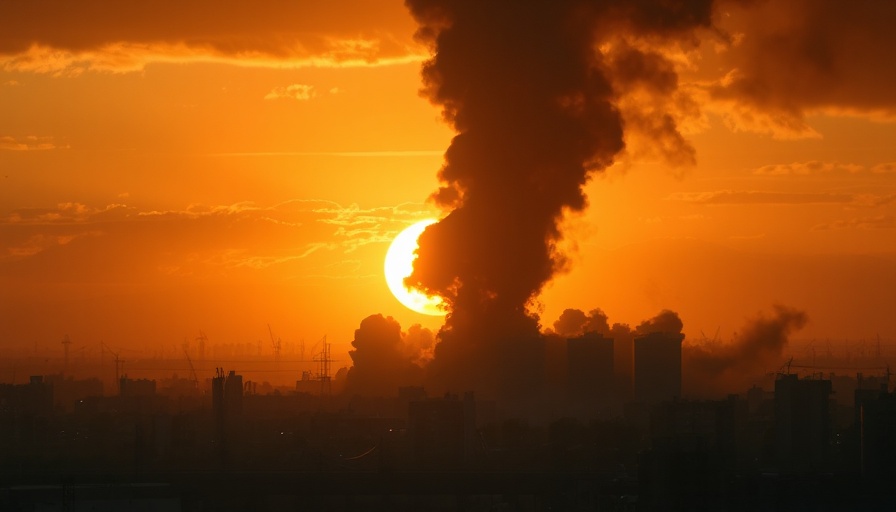
Russian Air Force Reeling After Triple Tap Attack
On March 20, Ukraine launched a strategically significant drone attack on the Russian bomber base at Engels, marking the third such strike in just 10 weeks. This assault has reportedly destroyed 96 Kh-101 cruise missiles—crucial armaments intended for airstrikes on Ukrainian cities. The Ukrainian general staff has declared this strike a critical success, potentially earning Russia a financial loss of approximately $960 million.
The Cost of War: Understanding the Financial Impact
The Kh-101 cruise missile, with an impressive range of up to 560 miles, represents one of Russia's most advanced weapon systems. Each missile costs about $10 million, amounting to a significant financial blow not just in terms of immediate loss, but also impacting production capabilities at the Raduga Design Bureau, where these munitions are manufactured.
A Symbolic Blow and Its Real-World Implications
While the destruction of these missiles provides a morale boost for Ukraine, the broader implications of the attack may be less drastic than they appear. According to analysis from Frontelligence Insight, many prior Ukrainian strikes have had limited effectiveness as the Russian military and industrial complex are quick to adapt, restoring critical facilities before they can be fully incapacitated.
The Arms Race: Lessons for Modern Warfare
This episode at the Engels base highlights the ongoing arms race between Ukraine and Russia, as Ukraine invests heavily in advanced unmanned aerial vehicles (UAVs) and long-range munitions. From pilfered technologies to local innovations, Ukraine's commitment to defending its sovereignty has transformed the landscape of modern warfare.
The Future of Drone Warfare and Defense Strategies
As drone technology continues to evolve, both nations are embroiled in a tech arms race. As seen in recent conflicts, UAVs allow smaller nations to challenge traditionally stronger military forces effectively. This scenario begs the question: how will future conflicts be reshaped by the capabilities of drones and munitions like the Kh-101?
Ultimately, while the raid on Engels serves as a striking reminder of the costs associated with continued military engagement, the flexibility displayed by both sides in responding to these high-stakes situations underscores a pivotal evolution in aerial warfare strategy.
The evolving nature of this conflict invites all stakeholders, from local populations to international policymakers, to reflect on the balance between technological advancement and its implications for global peace and security.
 Add Row
Add Row  Add
Add 




Write A Comment